When it comes to the world of knives, the artistry and innovation behind their design can be just as captivating as their functionality. From tactical tools to everyday carry essentials, knife designers have revolutionized the way we think about these incredible instruments. In this article, we’ll delve into some of the most influential knife designers throughout history and their impact on the development of various styles, particularly highlighting the craftsmanship of hunting knives.
The Evolution of Knife Design
To fully appreciate the work of influential knife designers, it’s essential to understand the evolution of knife design itself. Knives have been essential tools for humanity for thousands of years, serving various purposes—from cooking and hunting to self-defense and utility. As human needs have changed, so too has the knife’s design.
Notably, hunting knives have gained prominence throughout history, shaped by both necessity and innovation. As we explore the contributions of key designers, we’ll see how they have embraced materials, technology, and aesthetics to create exceptional tools.
Key Figures in Knife Design
Bob Loveless
Often hailed as the "Godfather of Modern Knife Making," Bob Loveless significantly impacted the knife-making community. Based in California, his designs influenced both custom knife makers and mass production industries alike. Loveless is perhaps best known for his sleek, ergonomic hunting knives that prioritize functionality without sacrificing artistry.
His approach combined the use of high-quality materials with a deep understanding of ergonomics, making his knives feel as natural in the hand as they look fetching to the eye. Loveless' legacy continues today, inspiring countless makers to push the boundaries of knife design.
Ken Onion
Ken Onion is another legendary figure in the knife world, known for his innovations in folding knife technology. His passion for the outdoors and keen understanding of mechanics allowed him to create revolutionary designs that helped bridge the gap between tactical and everyday use.
With his famous “SpeedSafe” opening mechanism, Onion made it easier than ever for users to deploy their knives quickly and efficiently. This design not only improved the usability of hunting knives but also paved the way for advancements in the folding knife market. His sleek lines and functional aesthetics captured the hearts of outdoor enthusiasts everywhere.
Michael Walker
Michael Walker’s contributions to knife design are significant, particularly through his development of the liner lock mechanism. This innovation allowed for safer and more reliable folding knives, establishing a new standard in the industry. Walker's designs combine practicality with artistry, making them popular among collectors and outdoor enthusiasts alike.
The importance of the liner lock cannot be overstated, especially for hunting knives that require reliable mechanisms for safe operation in demanding situations. Walker's vision helped shape modern folding knife designs, enhancing users' confidence in their tools regardless of context.
Cultural Influences on Knife Design
As knife design has evolved, so too have the cultural influences that shape it. Different regions of the world boast unique approaches to knife craftsmanship, each with its own signature style and purpose. These cultural distinctions enrich the knife-making community and offer a broad array of options for consumers.
The Japanese Influence
Japanese knife-making, particularly renowned for its exceptional quality, has had a profound impact on the global knife industry. The craftsmanship of traditional Japanese knives, often used in culinary contexts, showcases the artistry and attention to detail that define the culture.
While not directly related to hunting knives, the precision and technique employed by Japanese artisans have inspired many knife designers worldwide. The meticulous attention to blade geometry, steel quality, and finishing touches resonates throughout the industry, elevating the standards of knife craftsmanship.
The Scandinavian Aesthetic
Scandinavian knife design embodies functionality and simplicity. Influenced by the needs of hunters and gatherers, these knives are typically characterized by a straight, robust blade and a comfortable grip. The combination of practicality and aesthetic beauty allows these knives to stand out in any collection.
Famous for their craftsmanship, brands like Morakniv continue to uphold these values, producing reliable hunting knives built for the ruggedness of the Scandinavian wilderness. This minimalist approach effectively balances form and function, appealing to outdoor enthusiasts and collectors alike.
Modern Innovations in Knife Design
As technology continues to advance, knife designers are increasingly incorporating innovative materials and manufacturing processes into their creations. This has led to groundbreaking developments in the quality and performance of knives, particularly in the realm of hunting knives.
High-Performance Steels
The introduction of high-performance steels has dramatically improved the durability and edge retention of hunting knives. Manufacturers are now able to create blades that withstand the rigors of outdoor use, thanks to advancements in metallurgy. All-purpose steels like CPM-S30V and D2 offer exceptional performance, ensuring that hunters have tools they can depend on during their trips.
Ergonomic Designs
Comfort has become a paramount consideration in modern knife design. As designers study the influence of ergonomics on user experience, many now favor contours and grips that significantly reduce hand fatigue during long use. This is especially important for hunting knives, which may see extended use in challenging conditions.
Collecting Knife Designs
For many, knives are not just tools; they are also objects of beauty and collection. As knife culture continues to grow, an increasing number of enthusiasts are taking up collecting as a passionate hobby. This trend brings new life to the industry as collectors seek out limited editions, collaborations, and unique designs.
Factors to Consider When Collecting
- Quality of Materials: High-quality steels and handle materials are key indicators of a well-made knife.
- Functionality: Consider how a knife will be used and whether it exhibits the features that will enhance its practicality.
- Manufacturer Reputation: Research the reputation of the maker or brand to assess the quality and authenticity of the knives.
- Design Aesthetic: Personal preference is crucial—choose designs that resonate with you and enrich your collection.
Where to Learn More About Knife Design
If you’re interested in delving deeper into the art of knife design, numerous resources are available. Online communities, forums, and trade shows are excellent places to learn from the experts and fellow enthusiasts. Engaging with other knife lovers can provide valuable insights, tips, and recommendations.
Additionally, many knife makers offer classes or workshops, allowing aspiring designers to learn the craft hands-on. Books and online courses focused on knife-making techniques can also provide foundational knowledge for those looking to explore this fascinating field.
The Future of Knife Design
As technology continues to evolve, the future of knife design looks promising. Designers will likely experiment with new materials and techniques, striving for innovation while maintaining the qualities that collectors and users value. Sustainability is expected to play a significant role in future knife manufacturing, as environmental concerns shape consumer preferences.
Moreover, as more people embrace outdoor activities and hunting, the demand for high-quality hunting knives will rise. This creates ample opportunity for designers to create new models that cater to the unique needs of this market. We can anticipate exciting breakthroughs, ensuring that the art of knife making remains vibrant and relevant.
Sharpening Your Knowledge
In summation, the world of knife design is expansive and filled with creative visionaries who continue to influence the landscape of craftsmanship. By exploring the legacies of influential designers and understanding the cultural and technological shifts in the industry, you can appreciate what makes knife design a remarkable artistry. Whether you are an outdoor enthusiast or a collector, armed with this knowledge, you can make informed decisions when selecting your next hunting knife or adding to your collection.
Embark on your journey today, and discover the craftsmanship that goes into each blade. With the right information and passion, you'll not only buy a knife; you'll invest in history, artistry, and functionality.








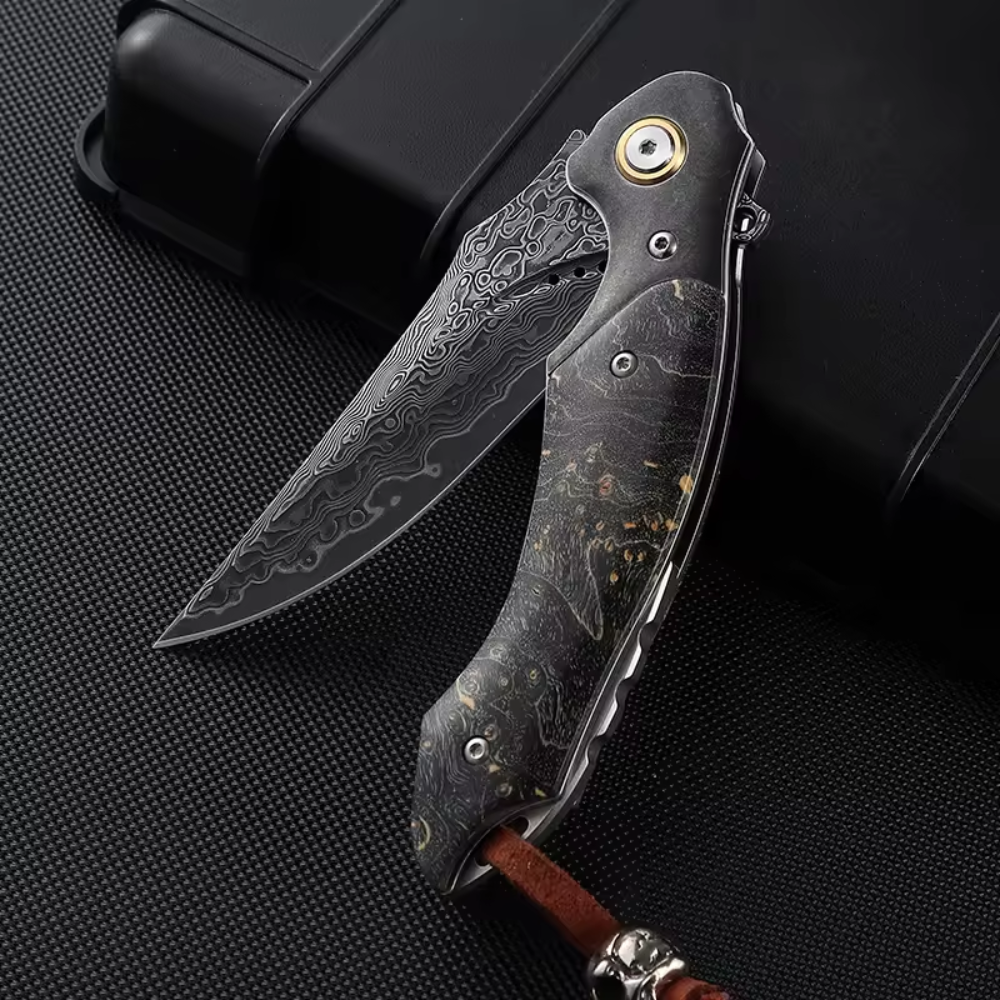


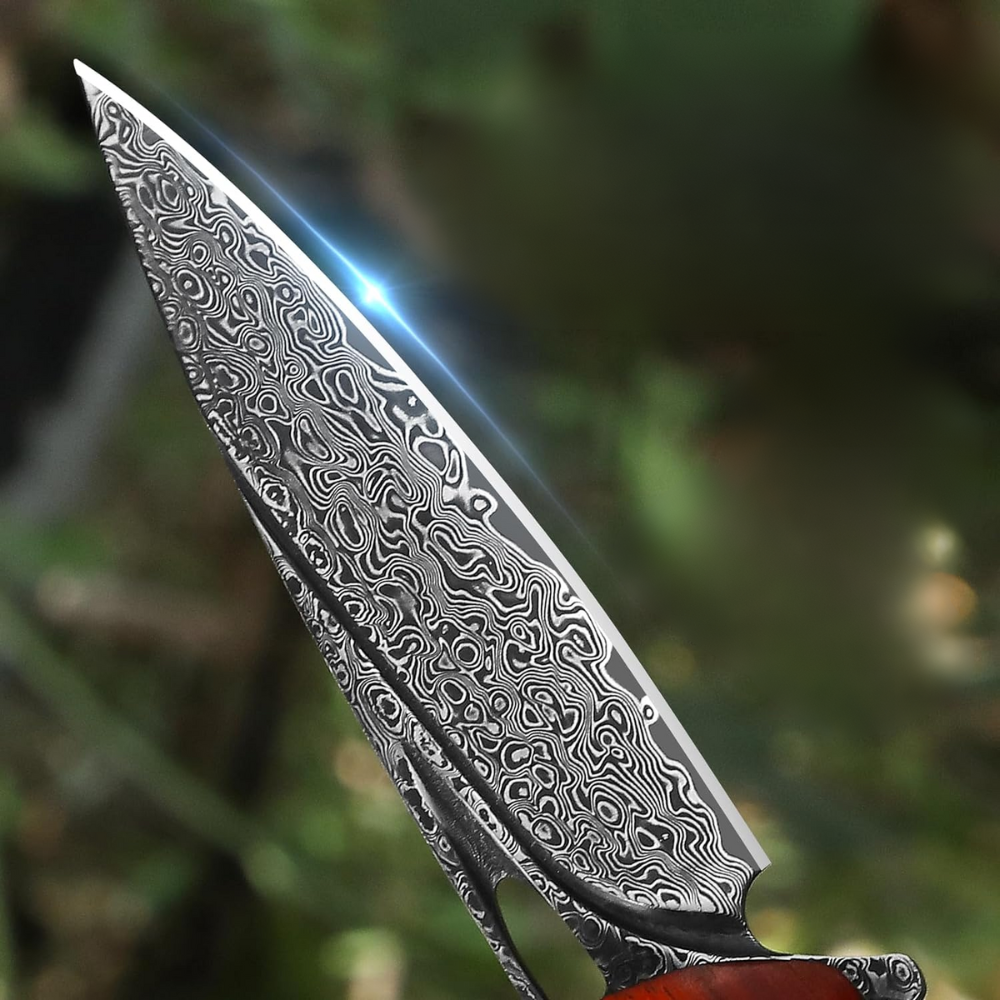








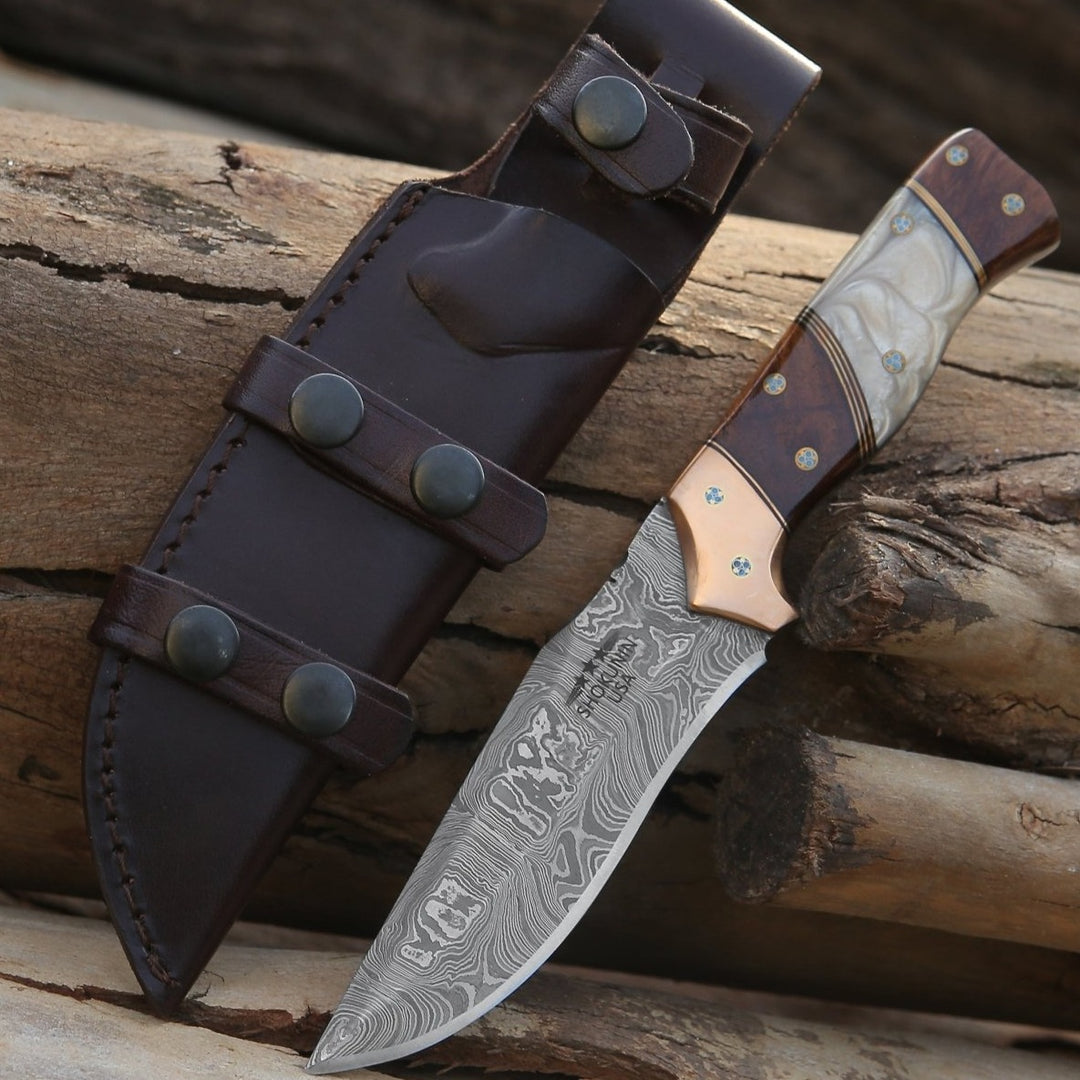
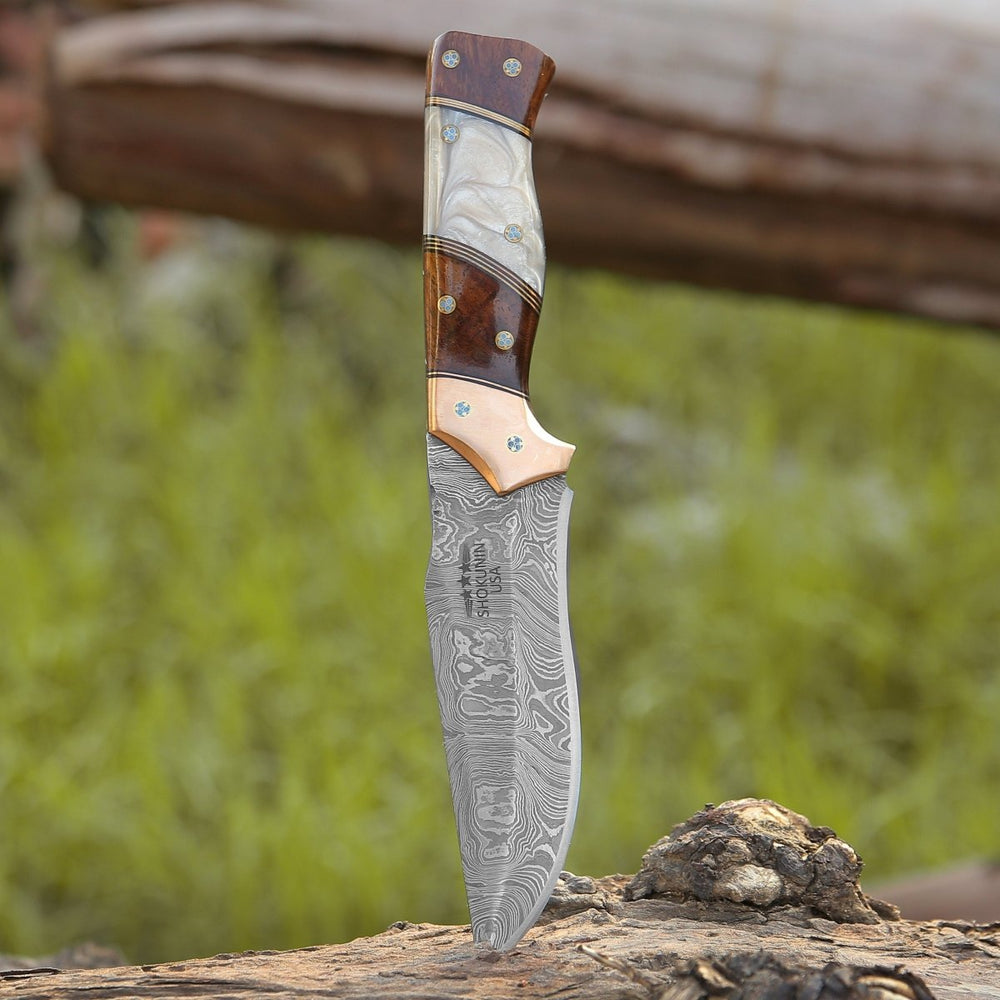


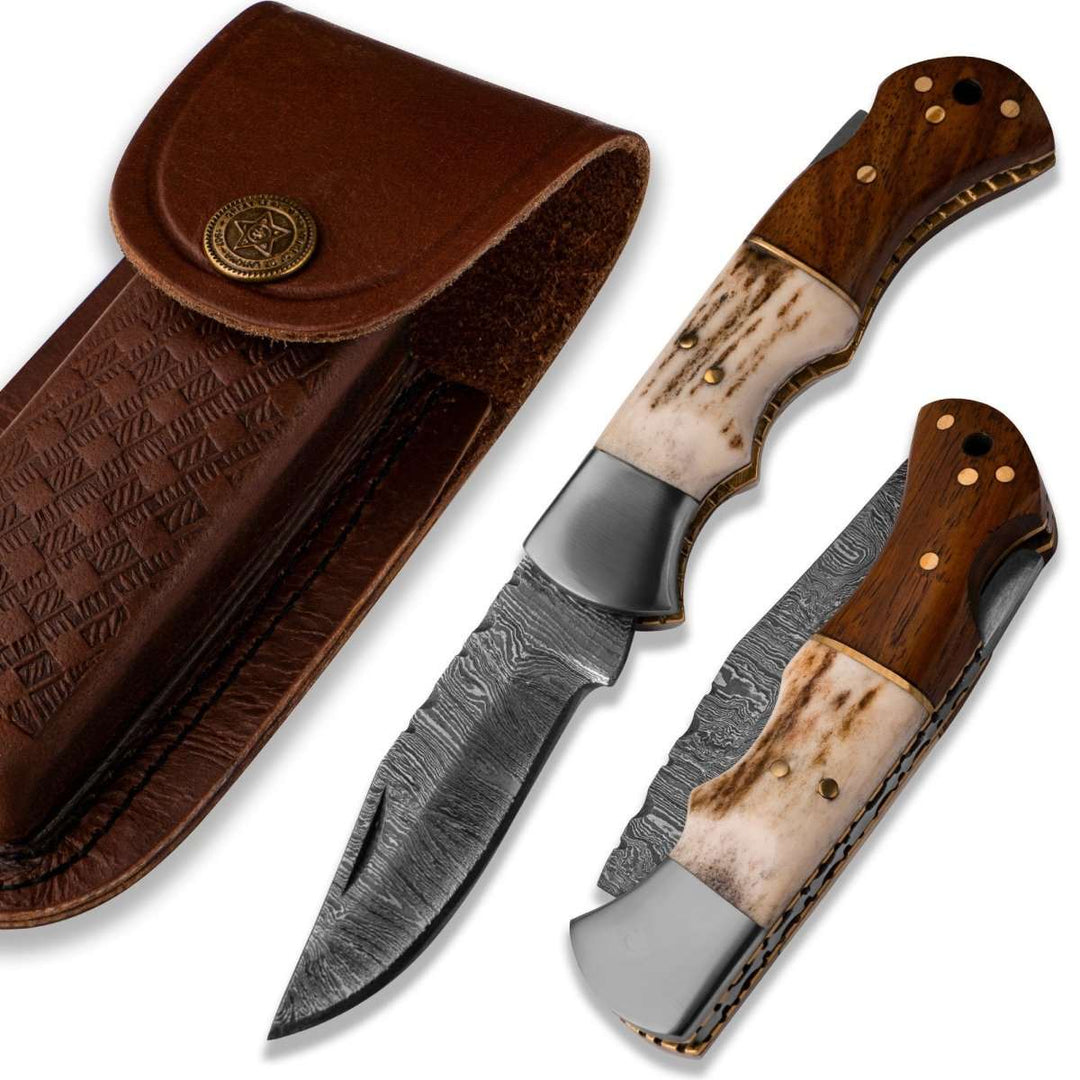





Dejar un comentario